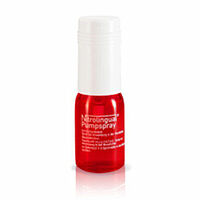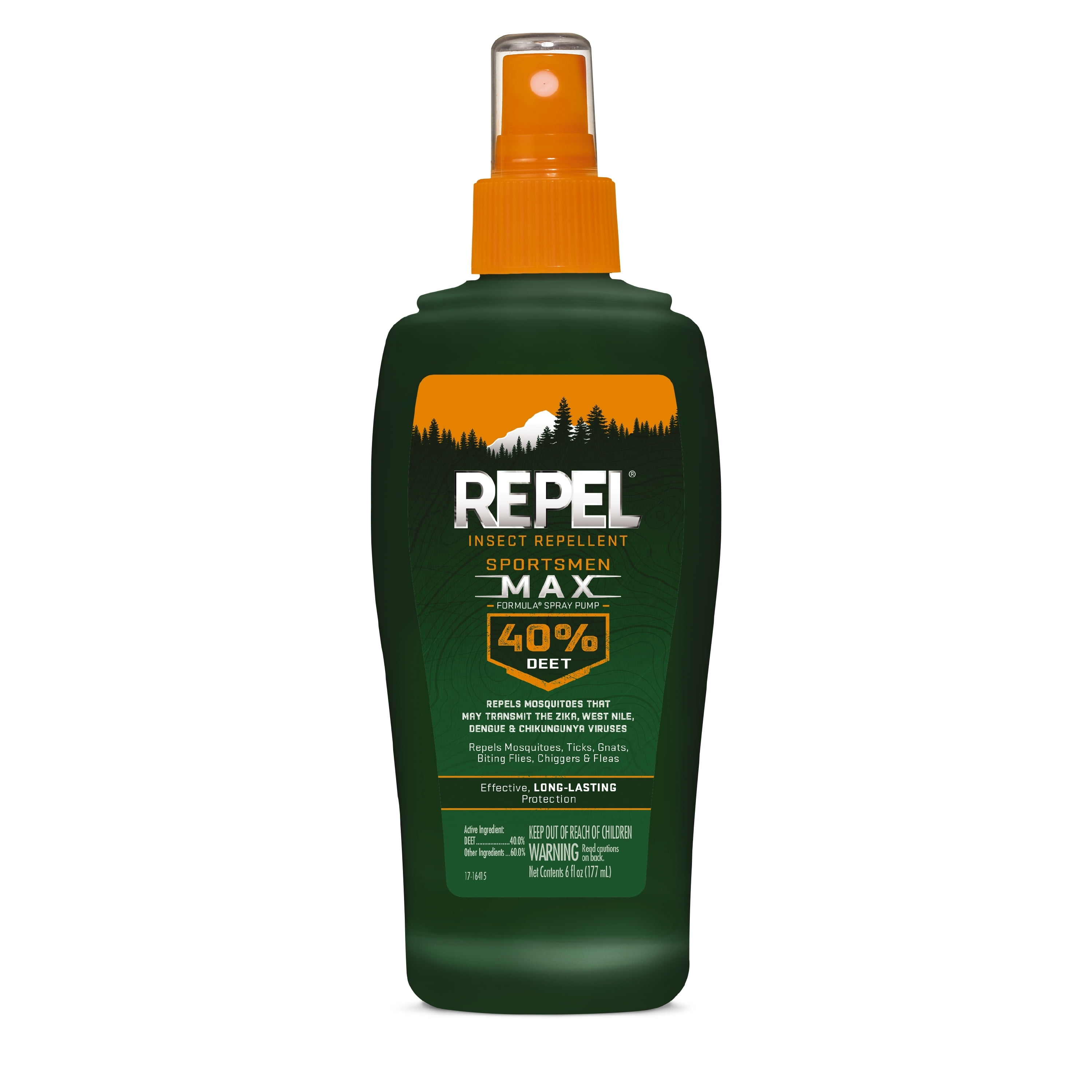


Pump Material: Cast Iron 316 Stainless Steel Polyethylene Polypropylene E-Coated Cast Iron They come in various power sources with many effective options, and are available in: Centrifugal pumps have nozzle delivery pressures that cap around 150 PSI during low flow operations. These pump types are generally self-priming and capable of low flow and high flow output from 25 GPM up to 1400 GPM. Internal pump hardware is generally manufactured from durable, resistant materials such as stainless steel. Centrifugal pumps are non-positive displacement pumps with perhaps the broadest selection of available engineered options due to their compatibility with the spray fluids and chemicals of many applications. For reference: gas and electric motor engine shafts have CCW rotation: use CW pumps tractor PTOs have CW rotation: use CCW pumps.Ĭentrifugal sprayer pumps use the rapid circular motion of an impeller to pull spray fluid contents through system plumbing. Direct couple mounting pumps must have a rotation opposite of the coupling shaft. Pump drive shafts have either clockwise (CW) or counterclockwise (CCW) rotation. The right sprayer pump will supply a nozzle(s) with the PSI wanted or required to deliver the spray fluid where it’s needed and how it’s needed. System fluid pressure is directly related to pump capacity and inlet/outlet sizing. The correct pump is also recommended to have a 20% greater GPM than the job's base duty requirements to account for system distance-pressure loss, additional attachment pressure use, and potential flow inhibition associated with chemical characteristics or plumbing restraints. GPM flow rate is directly related to power source strength and inlet/outlet sizing. gas, electric, hydraulic, PTO, belt, pneumatic, pedestal. Seven power drive options are available to match a spray system’s engineered method for power delivery i.e. Industry standard pumps are manufactured in various size dimensions to ensure pumps will fit both the equipment and the system. Pump total performance should suit the needs of the job application Examples: Piston pumps for high-pressure, high-distance nozzle water delivery irrigation injection pumps for metered delivery of multiple crop-performance chemicals simultaneously PTO-driven centrifugal pumps for high-volume fluid transfer via tractor mount, nurse tank fill etc. It is important to select the pump that will fully integrate into your sprayer system. These are the pump’s use, dimensions and size, power source, GPM flow rate, pressure delivery capabilities, and shaft rotation. There are six (6) primary pump characteristics used to determine a specific pump for an operation. Operation Characteristics for Pump Selection Insect / pest protection and elimination.Soil, pasture, lawn, foliage herbicide / weed killer application.High pressure / focused target spot spraying.Potable water, fresh water, and salt water transfer and dewatering.Irrigation for fields, farmland, vineyards, nurseries, greenhouses.Common scenarios and uses involving sprayer pumps:
#Aeroweather spray pump professional#
Sprayer pumps and their systems are used across various industries within applications for agriculture, commercial business, professional landscaping, manufacturing, and the maintenance of land, foliage, or pests. Power Source Type → Pump's Mechanical Input Pump Engineering → Method of Driving Fluid Sprayer pumps are classified and selected for use according to their:

Sprayer pumps are mechanical devices designed to generate a pressure differential to drive spray fluid from a storage tank, through system plumbing, and out to the spray nozzle(s). A step by step calculation guide to determining job and system required pump capacity (GPM).Multiple approaches to selecting the most job-suitable pump.Operation performance and application information for the different sprayer pump types.Pump pricing is dependent on its intended use due to work needs and ranges from $80 up to $3,000. Sprayer pumps are most commonly used for pumping water and/or chemicals. There are seven (7) power source options for sprayer pumps: gas, electric, hydraulic, belt/pulley, PTO, pneumatic, and pedestal.
#Aeroweather spray pump full#
The different sprayer pump types have been engineered to provide a full range of operation pressures and max GPM flow rates, size dimensions, material compatibility, and power source options so select pumps will be most suitable for certain applications. Selecting the sprayer pump or pumps right for the job requires an understanding of the various styles, operation and installation specifications, and correct use to maximize the pump's performance. There are six (6) common sprayer pump types used across applications: centrifugal, diaphragm, roller, transfer, piston, and irrigation injection.


 0 kommentar(er)
0 kommentar(er)
